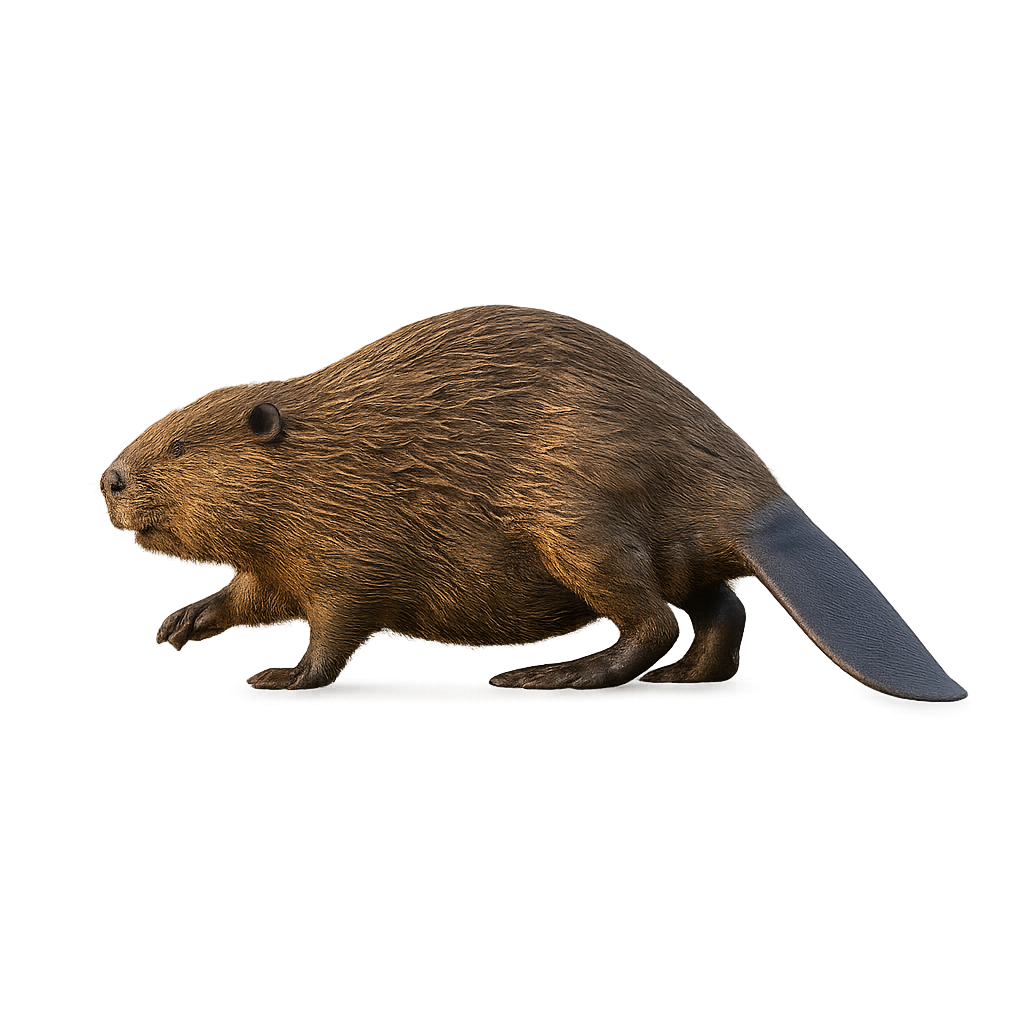Your wildlife photography guide.
Explore the eurasian beaver in detail, study its behavior, prepare your shots.
Where to observe and photograph the eurasian beaver in the wild
Learn where and when to spot the eurasian beaver in the wild, how to identify the species based on distinctive features, and what natural environments it inhabits. The WildlifePhotographer app offers tailored photography tips that reflect the eurasian beaver’s behavior, helping you capture better wildlife images. Explore the full species profile for key information including description, habitat, active periods, and approach techniques.
Eurasian Beaver
Scientific name: Castor fiber

IUCN Status: Least Concern
Family: CASTORIDAE
Group: Mammals
Sensitivity to human approach: Suspicious
Minimum approach distance: 30 m
Rut period: January to February
Gestation: 105-107 jours
Births: April to May
Habitat:
Rivers, lakes, and wetlands
Activity period :
Mainly active at night, generally discreet during the day.
Identification and description:
The European Beaver is a large, semi-aquatic rodent renowned for its exceptional ability to alter its environment. This rodent is easily identifiable by its brown fur, large orange incisors, and flat, scaly tail. It primarily inhabits rivers, lakes, and wetlands, where it builds dams to create ponds and wetlands that serve as refuges. The European Beaver is an excellent swimmer, capable of staying underwater for several minutes to move or escape danger.
It feeds mainly on bark, roots, and young tree shoots. In addition to its ability to modify waterways, the European Beaver plays a crucial role in the ecosystem by promoting the regeneration of wetland areas, which benefits many other animal species. Although its population was historically threatened by hunting and habitat loss, conservation efforts have stabilized its numbers, and the species is now protected in many regions.
Recommended lens:
400 mm – adjust based on distance, desired framing (portrait or habitat), and approach conditions.
Photography tips:
Approach slowly and discreetly, using a telephoto lens to capture images from a distance, as the beaver is a discreet animal that can easily be disturbed by a noisy approach.
Photograph early in the morning or late in the afternoon, when the light is soft and the beaver is more active, often building dams or foraging near rivers and ponds.
Capture moments of natural behavior: The beaver is often observed cutting trees or swimming. Wait for moments when it is visible in its natural environment without disturbing its activities.
Be patient and respectful: The beaver can spend a lot of time submerged in water or working. Be silent and wait for it to show itself without disturbing its activities.
The European Beaver is a species of minor concern, but it is important to respect its natural habitat, including rivers and forests. Do not disturb its construction or foraging behaviors, and follow local conservation rules to preserve this species and its aquatic habitats.
The WildlifePhotographer App is coming soon!
Be the first to explore the best nature spots, track rutting seasons, log your observations, and observe more wildlife.
Already 1 430 wildlife lovers subscribed worldwide

